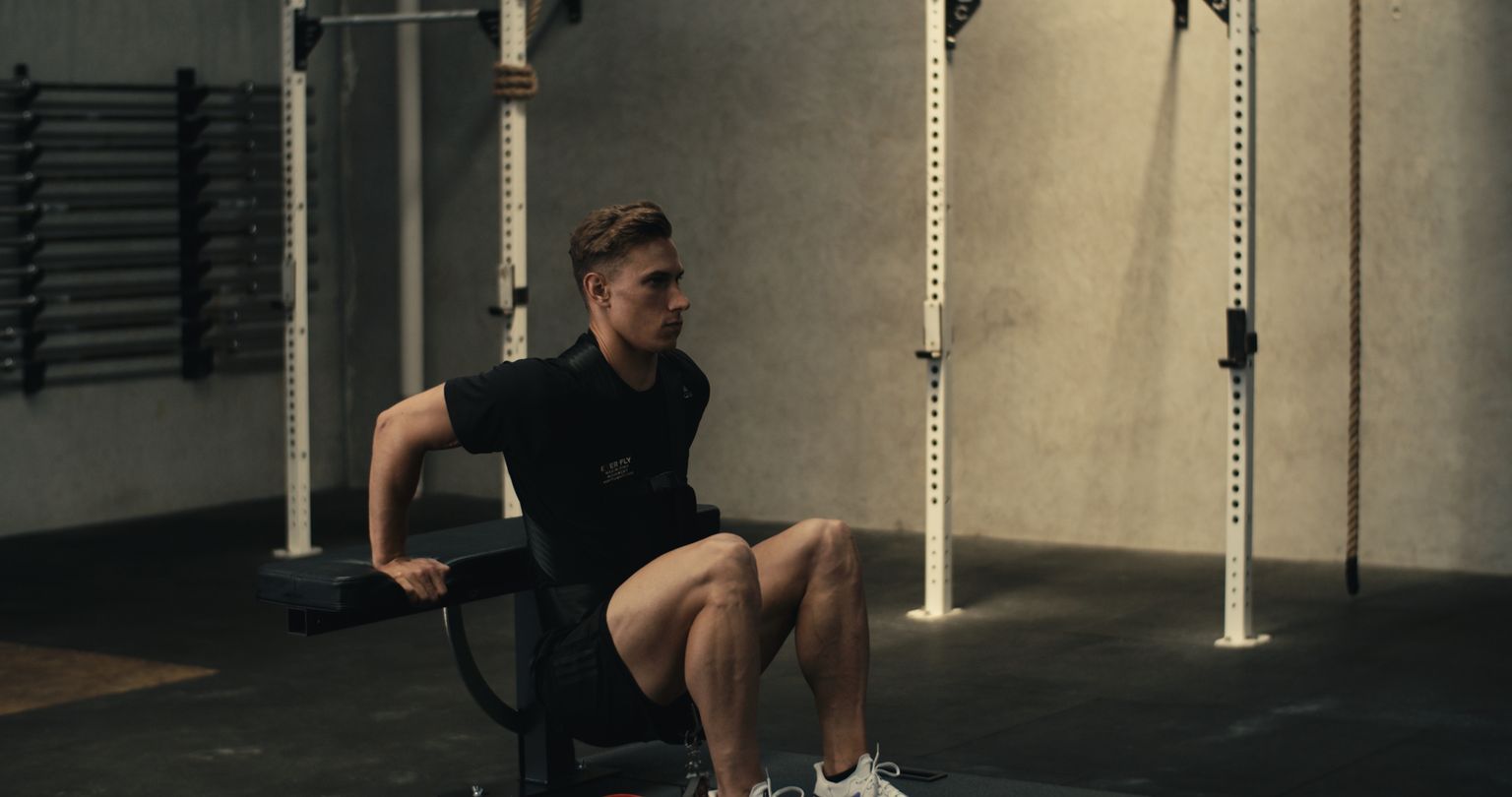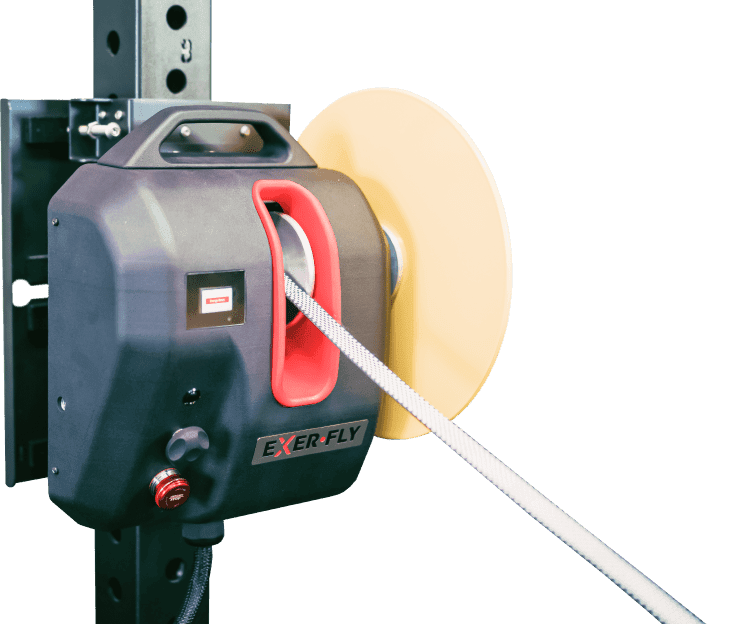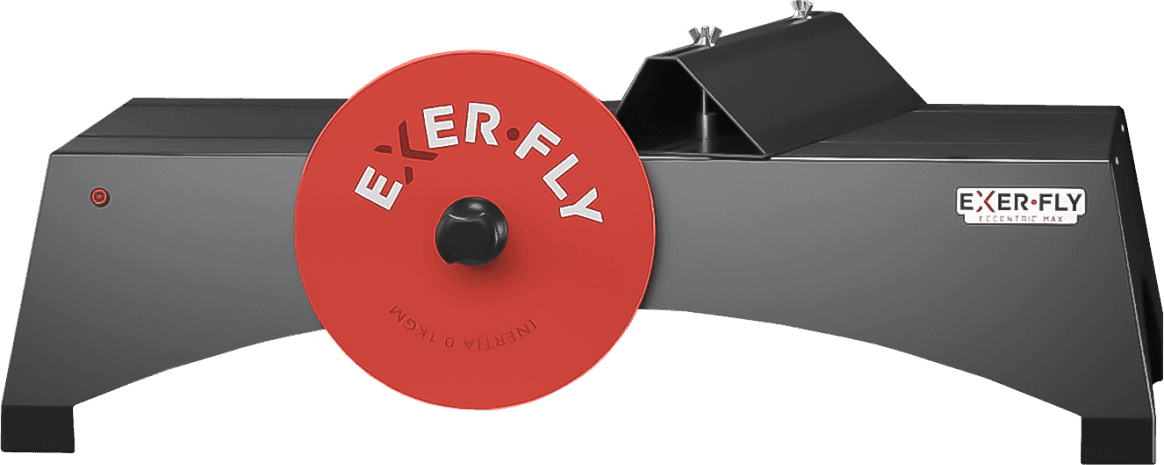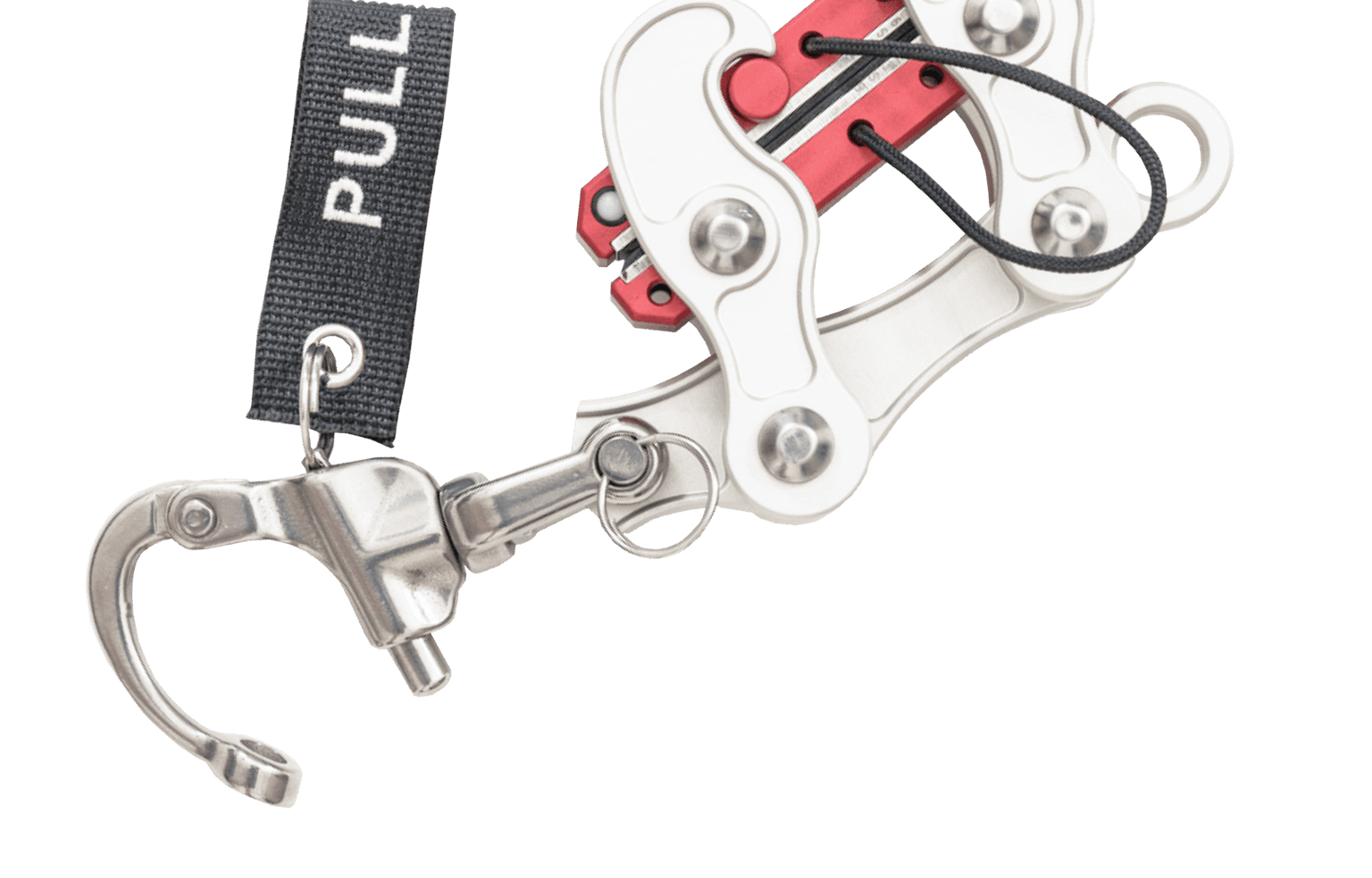
How Are Mechanical, Physiological, and Perceptual Variables Affected by the Rest Interval Between Sets During a Flywheel Resistance Session
Introduction
Strength training is an integral part of progressive adaptation in muscular strength and performance, so to create an effective and efficient strength training program, it is essential to manage variables such as intensity, volume, and rest interval. Rest intervals can be categorized as:
- Long (e.g., 2–5 min) rest intervals are commonly implemented when training for strength and power adaptations, based on the fact that power output is dependent on the phosphagen energy system.
- Shorter rest intervals are recommended for muscular hypertrophy (30–120 s) and endurance (30–60 s).
However, there is a lack of research about how basic training variables (i.e., rest interval between sets), or variables associated with manipulation of the loading stimulus (i.e., different inertial loads), influence the acute responses during a flywheel session.
Therefore, this study aimed to assess the influence of three different rest intervals between sets (1, 2, or 3 min) during a flywheel squat session with two different inertial loads: light (0.025 kg m2) and high (0.075 kg m2).
What They Did
Twenty-three male handball players participated in the study, completing 6 testing sessions: one for each inertial load [light (0.025 kg m2) and high (0.075 kg m2)] and each rest interval between sets (1, 2, or 3 min). Each session consisted of four sets of 11 repetitions of the flywheel half-squat exercise.
During the sessions, concentric and eccentric power, lactate concentration (1 min post), and RPE (5 min post) were measured. In addition, DOMS 24 h post-session was also registered. Participants completed eight laboratory sessions in total.
Before testing sessions, all participants attended two familiarization sessions. During the familiarization sessions, participants performed four sets of 10 repetitions (two sets with each inertial load). Participants then completed six testing sessions, each separated by 1 week.
The testing sessions differed in the rest interval between sets (i.e., 1, 2, or 3 min) and the inertial load used (i.e., light or high).
Participants performed eight maximal effort repetitions, and to standardize the participants' range of motion, a tape was placed between two posts of a rack located just behind the participants to ensure that the participants attained a knee joint angle of 90 degrees.
Therefore, the participants performed the squat movement from the lower (90) position to the full extension of the knees (180). The participants were instructed to perform the concentric phase as fast as possible while delaying the braking action to the last third of the eccentric phase
What They Found
The main findings were:
- 1 min rest protocol entailed significant concentric (at light and high load) and eccentric (at high load) power output decrements, as well as increases in RPE compared with the 3 min rest protocol at high load.
- The 2 min rest protocol led to concentric power output decrements at high load and elevated lactate concentrations compared to the 3 min rest at light load.
Therefore, the results of the present study demonstrated that the 3 min rest is preferred as it allowed for power output to be maintained across sets while minimizing the rating of perceived exertion and lactate concentration.
Practical Application
The results of this study suggest that 1 min of rest interval between sets is insufficient to sustain power output values during a flywheel squat training session. When using light inertial loads, 2 min of rest interval can be enough to maintain training intensity but could be insufficient when training with high inertial loads.
Rest intervals between sets during flywheel training should be selected based on (a) the target percentage of power loss, (b) the inertial load used, and (c) the desired perceptual and physiological responses.
If you are a coach or athlete looking ready to take that next step with flywheel training, book a free consultation with our team, and we can discuss how Exerfly can help you progress in your fitness journey.
Reference
Sabido R, Hernández-Davó JL, Capdepon L, Tous-Fajardo J. How Are Mechanical, Physiological, and Perceptual Variables Affected by the Rest Interval Between Sets During a Flywheel Resistance Session? Front Physiol. 2020 Jun 16;11:663. doi: 10.3389/fphys.2020.00663. PMID: 32612541; PMCID: PMC7309711.






